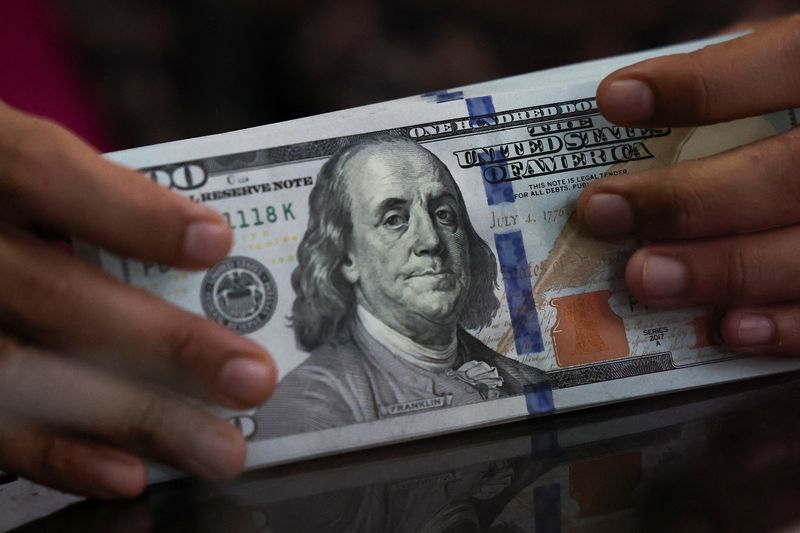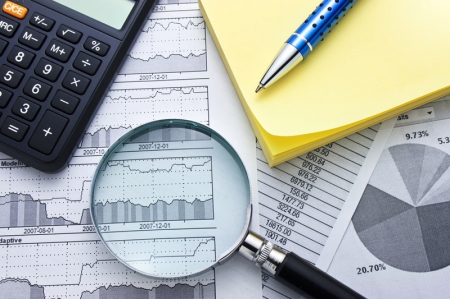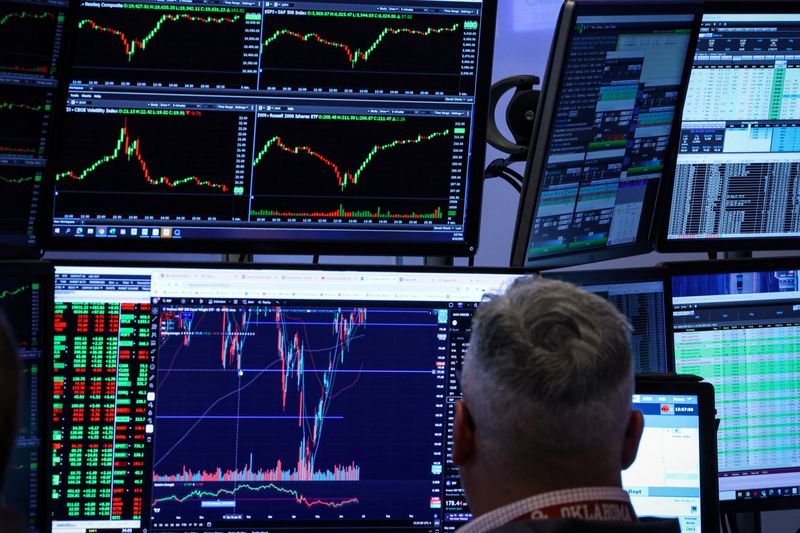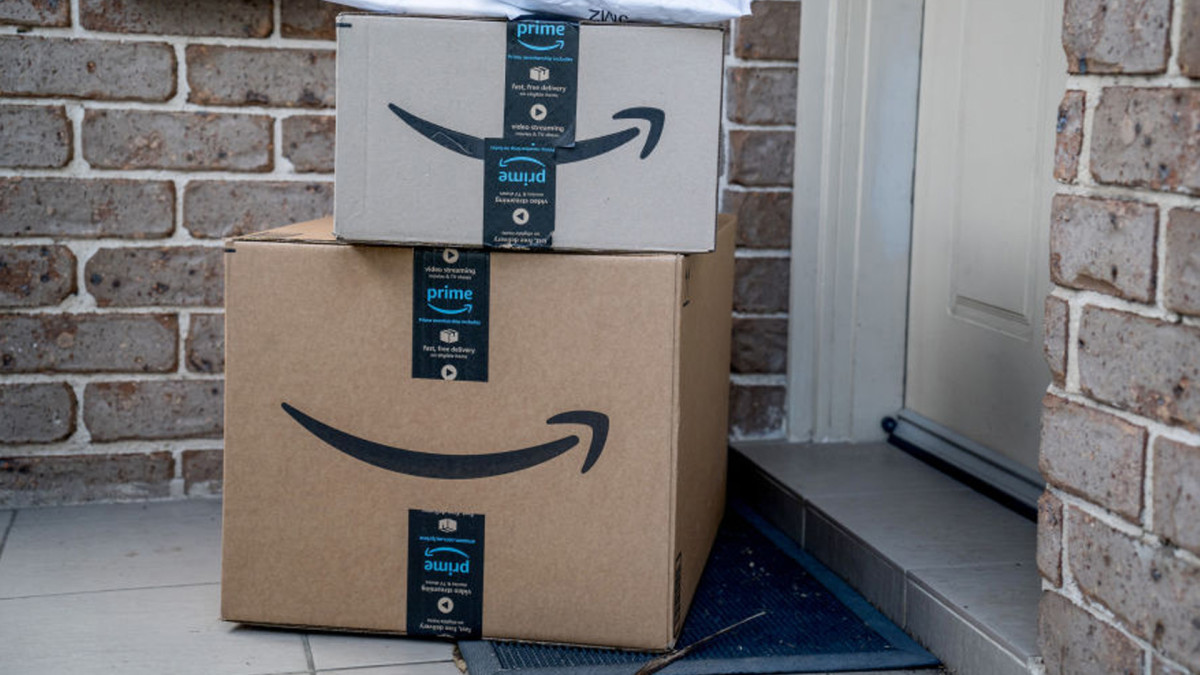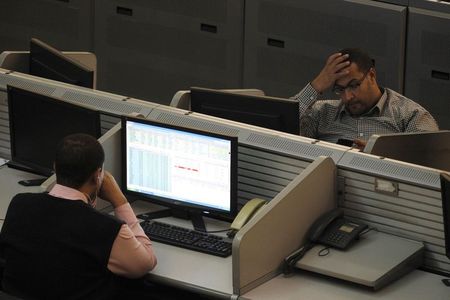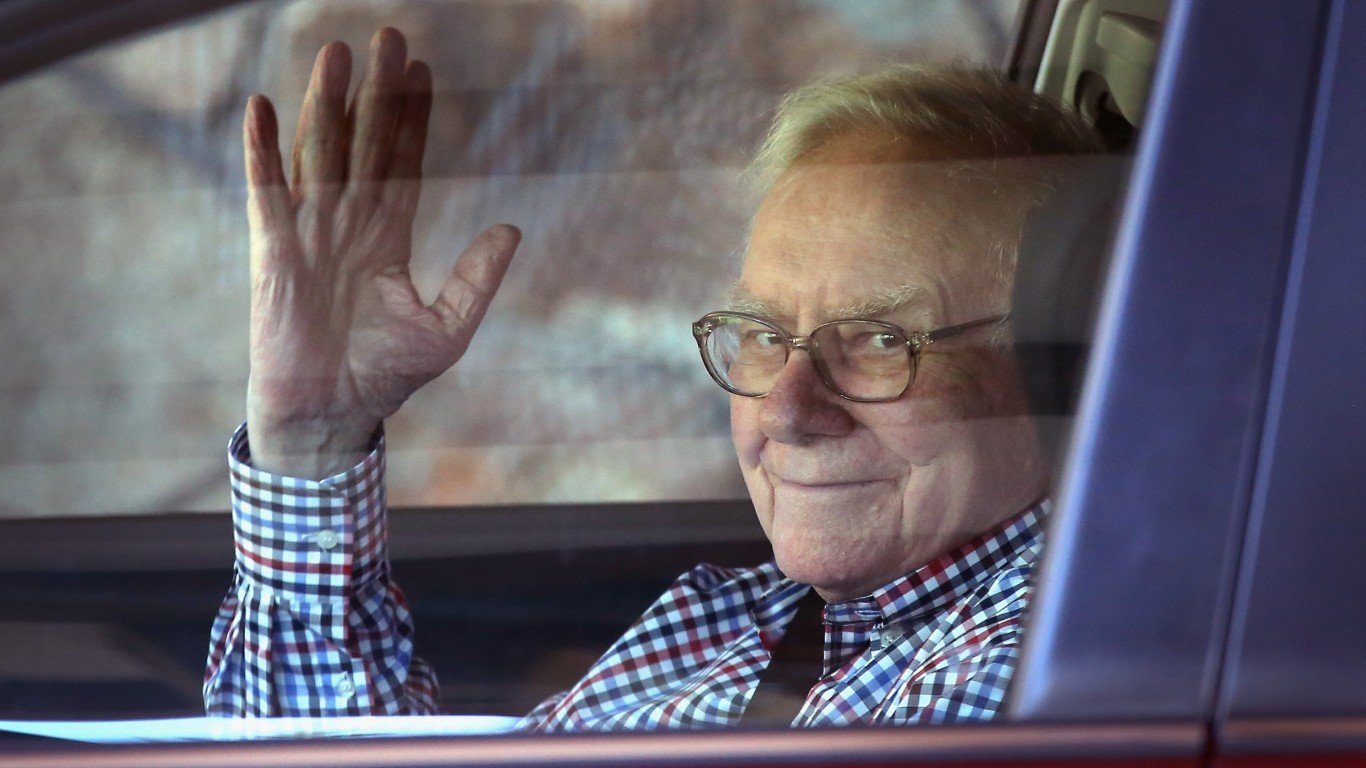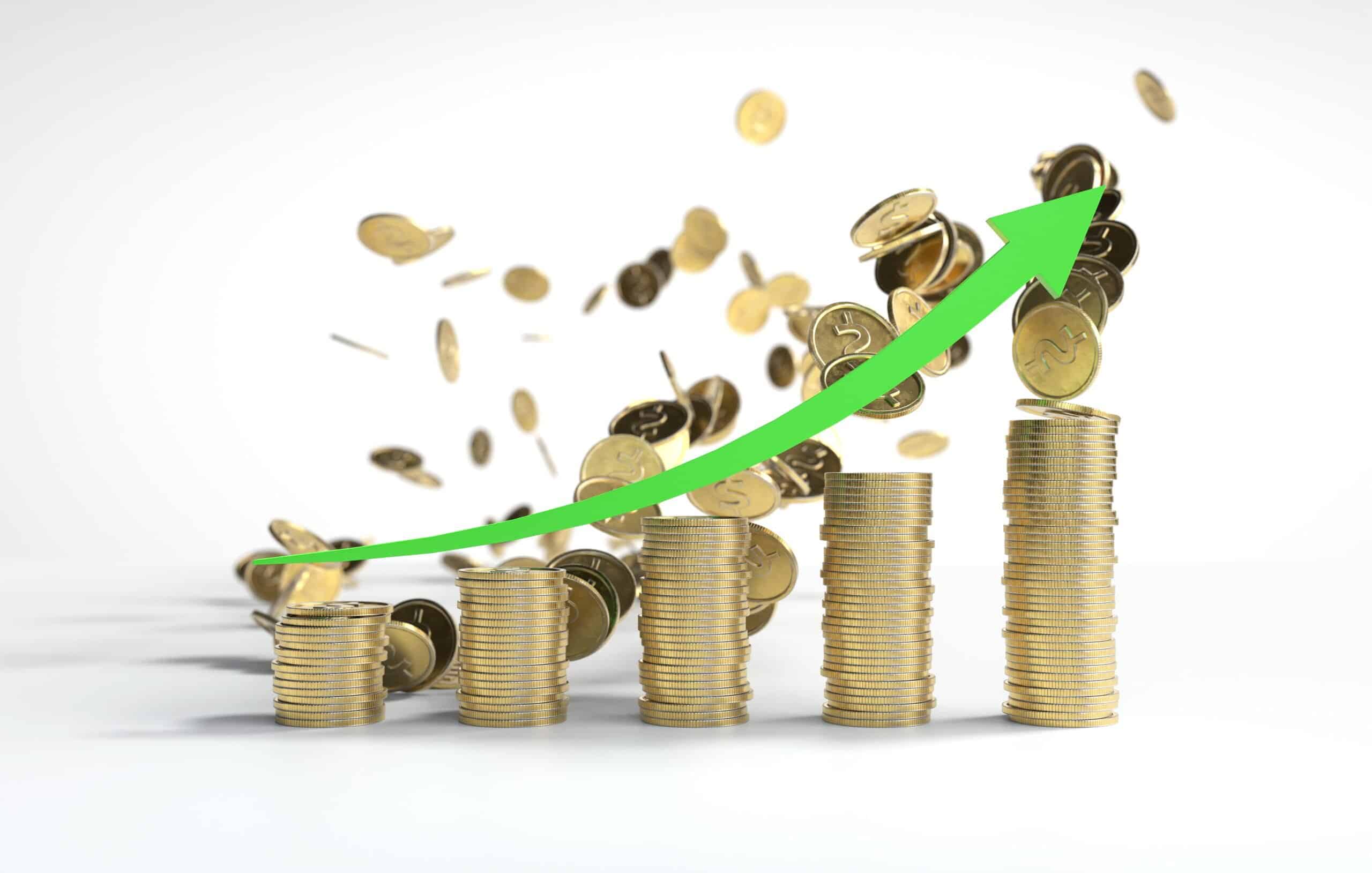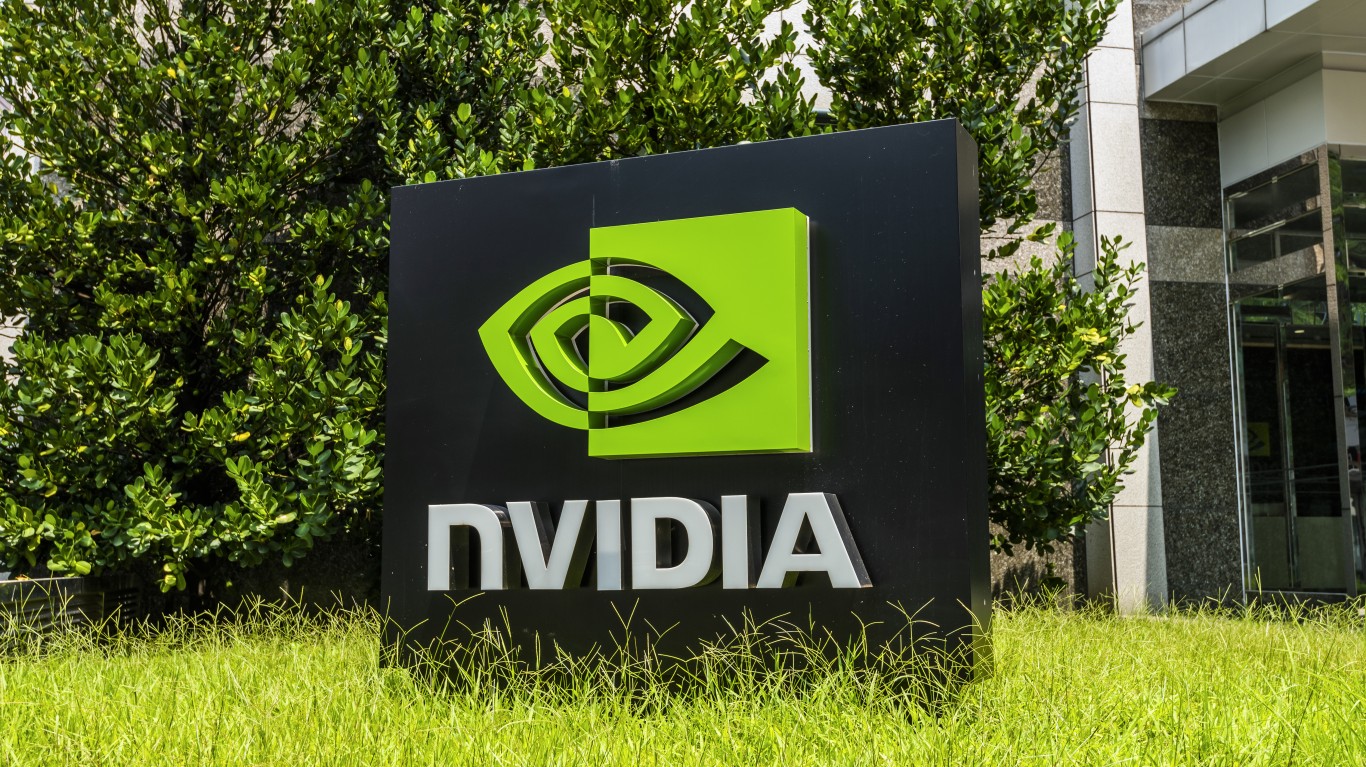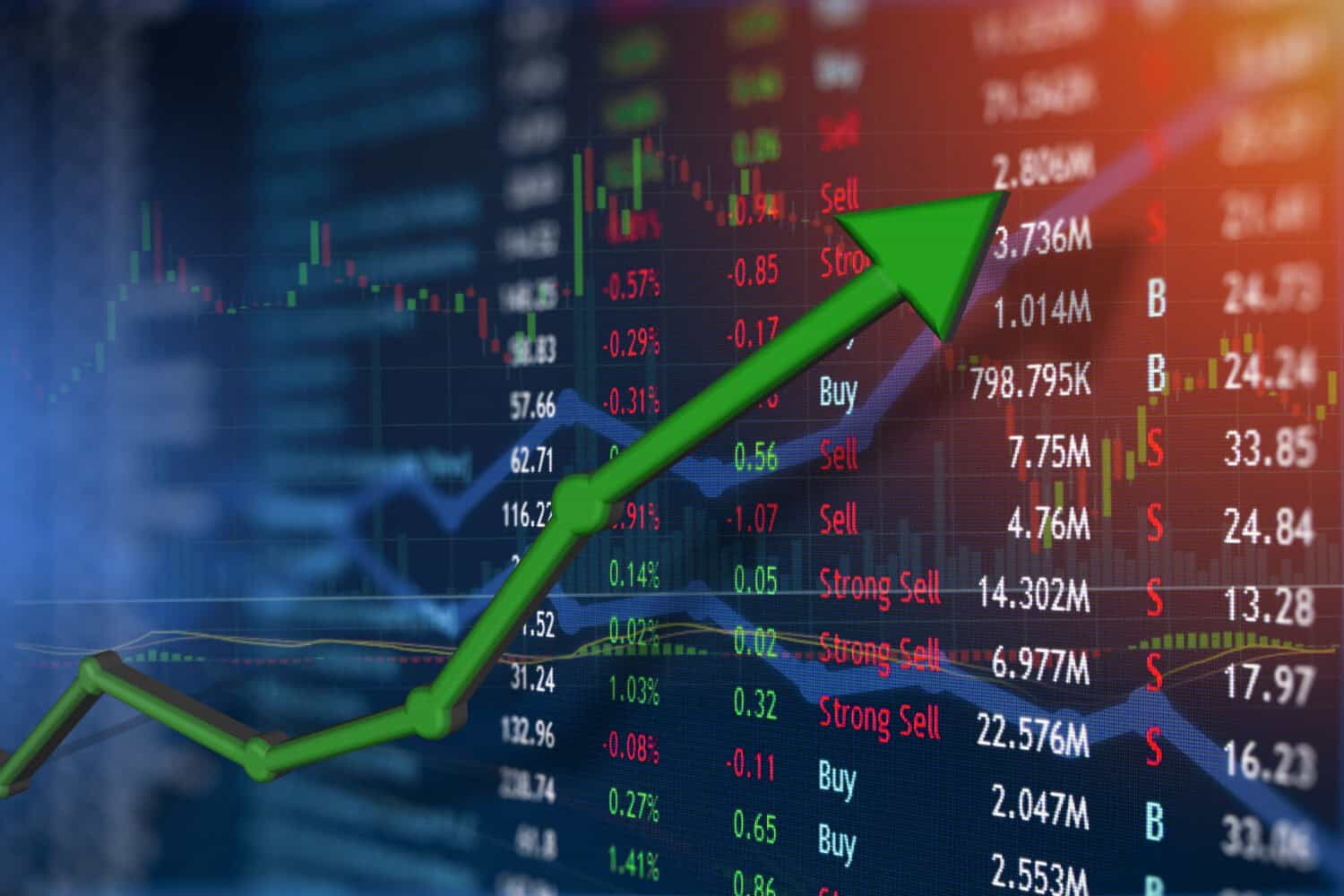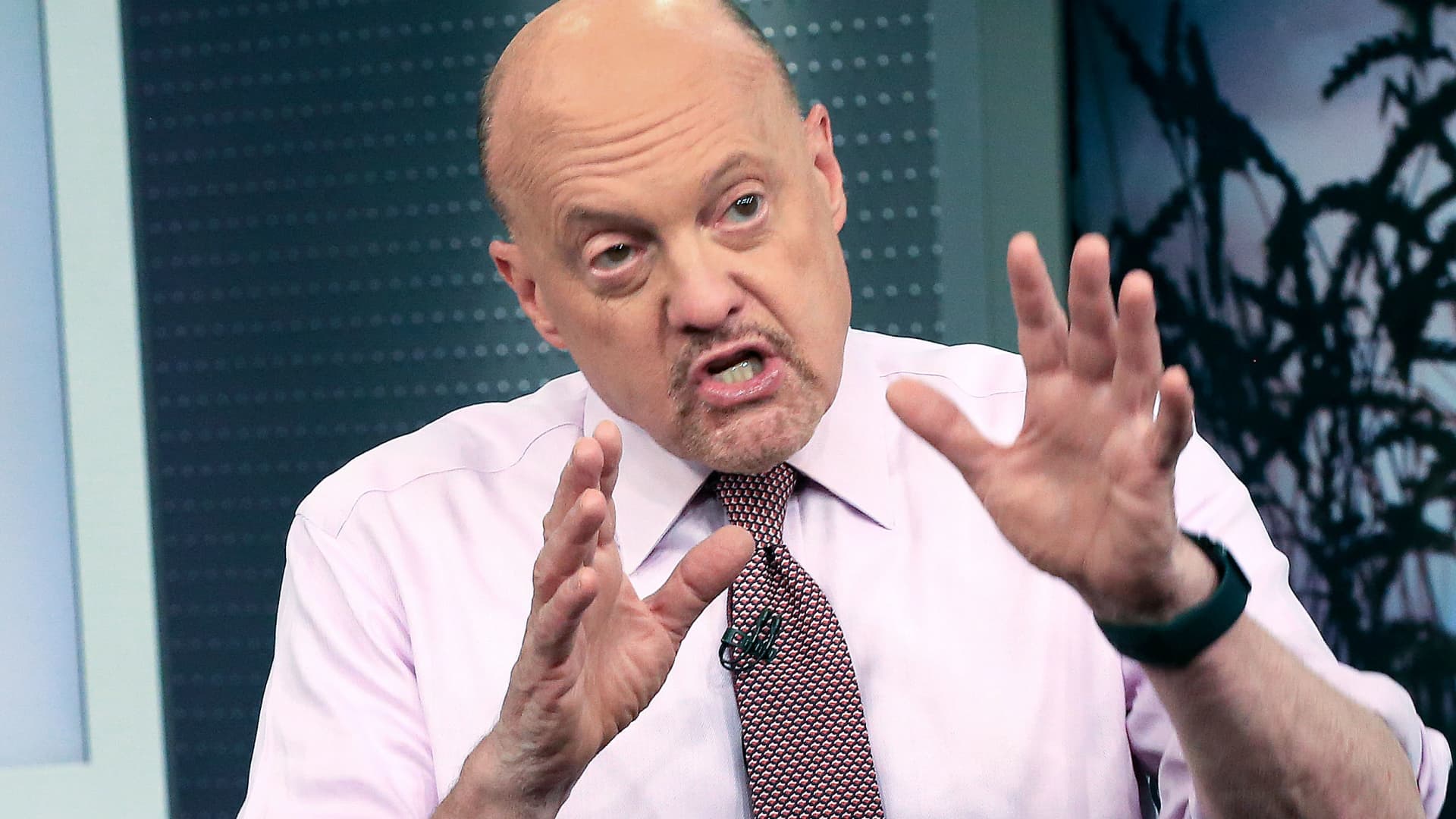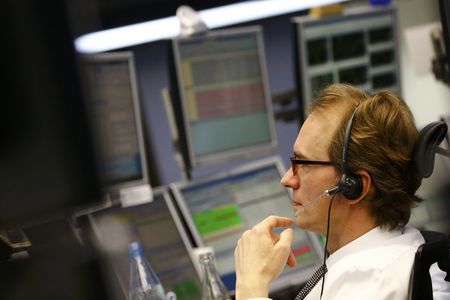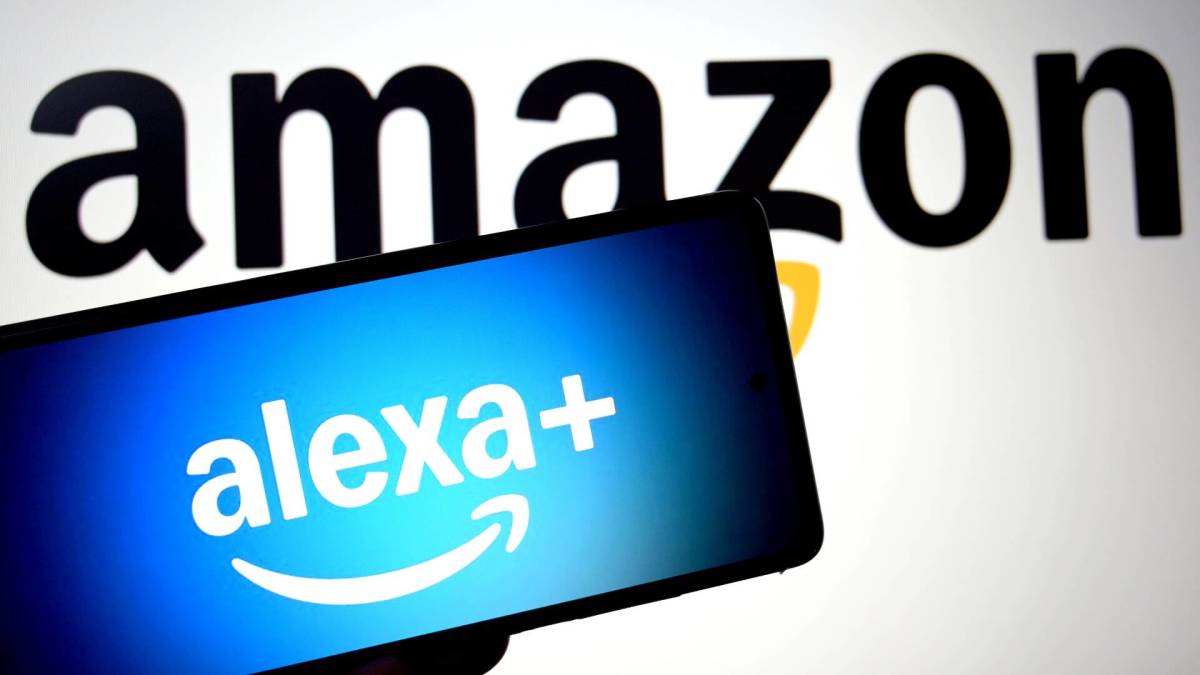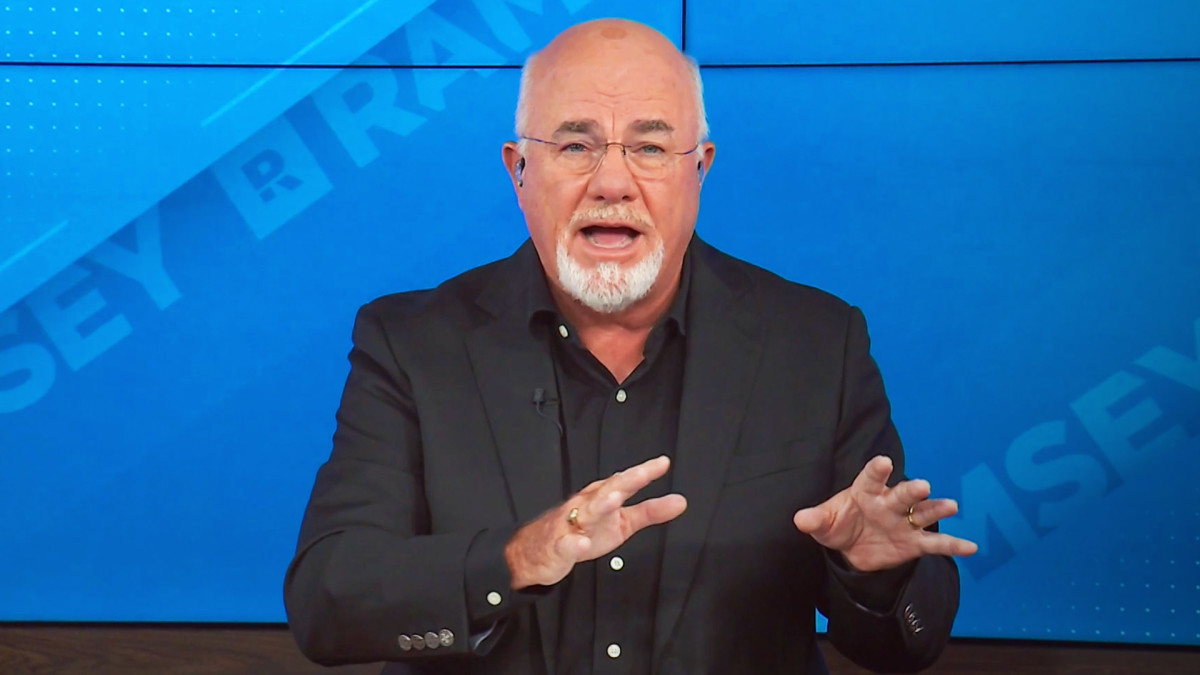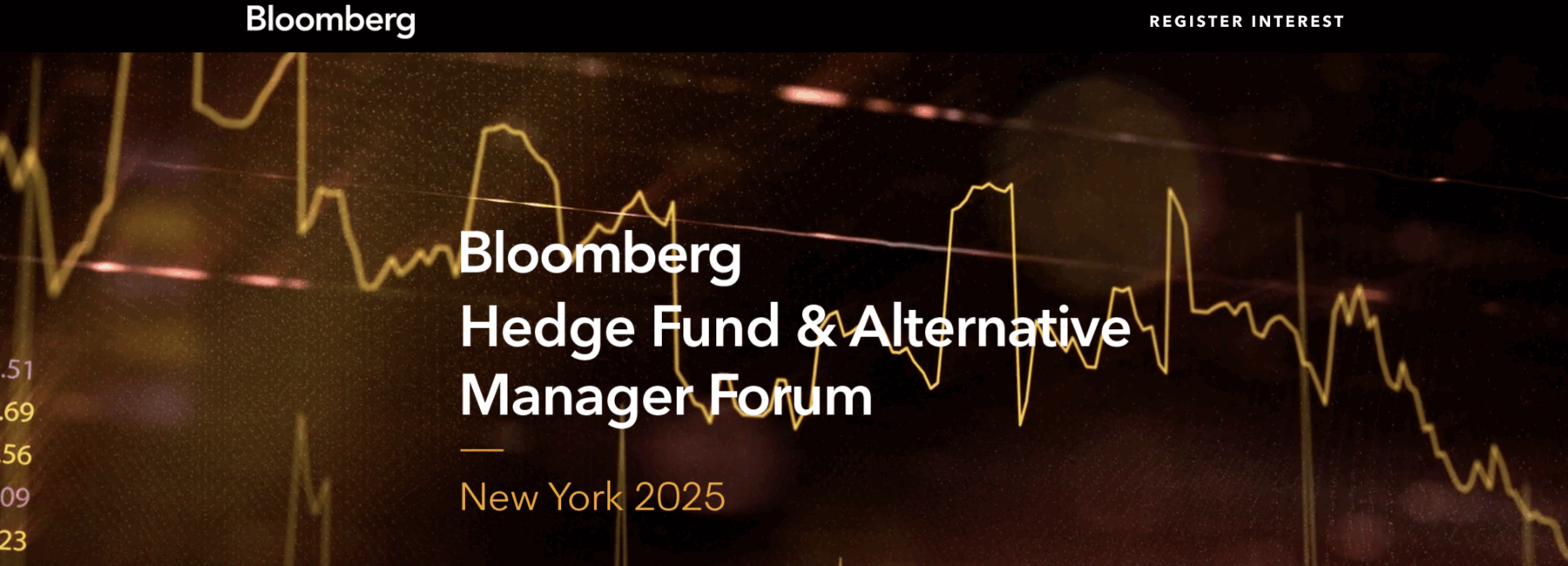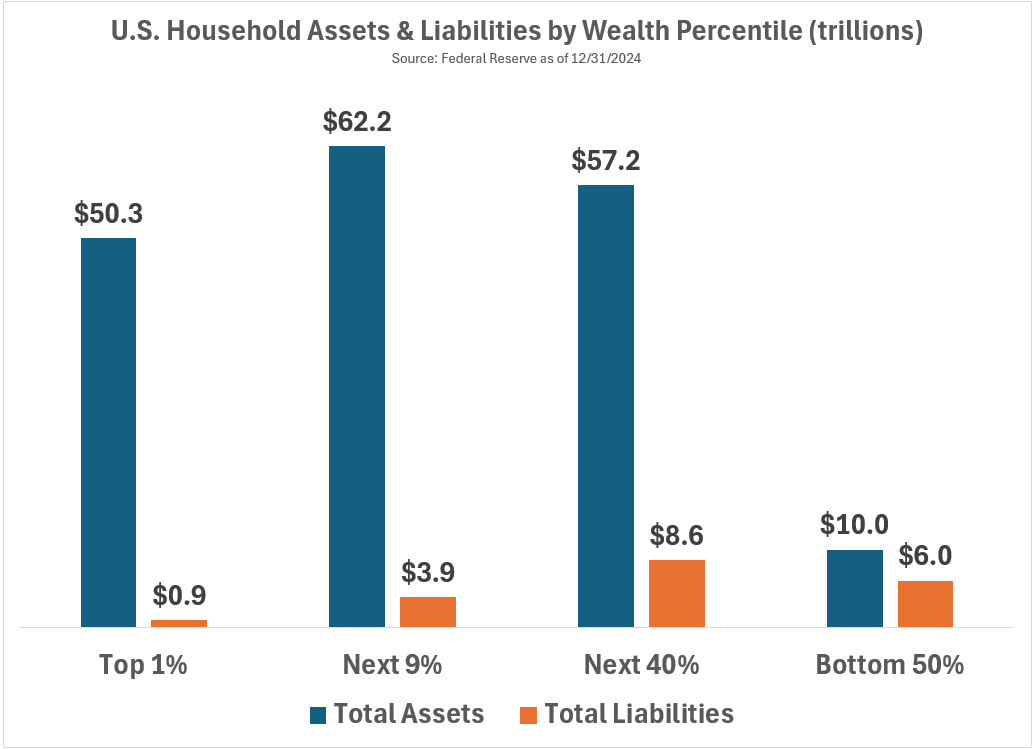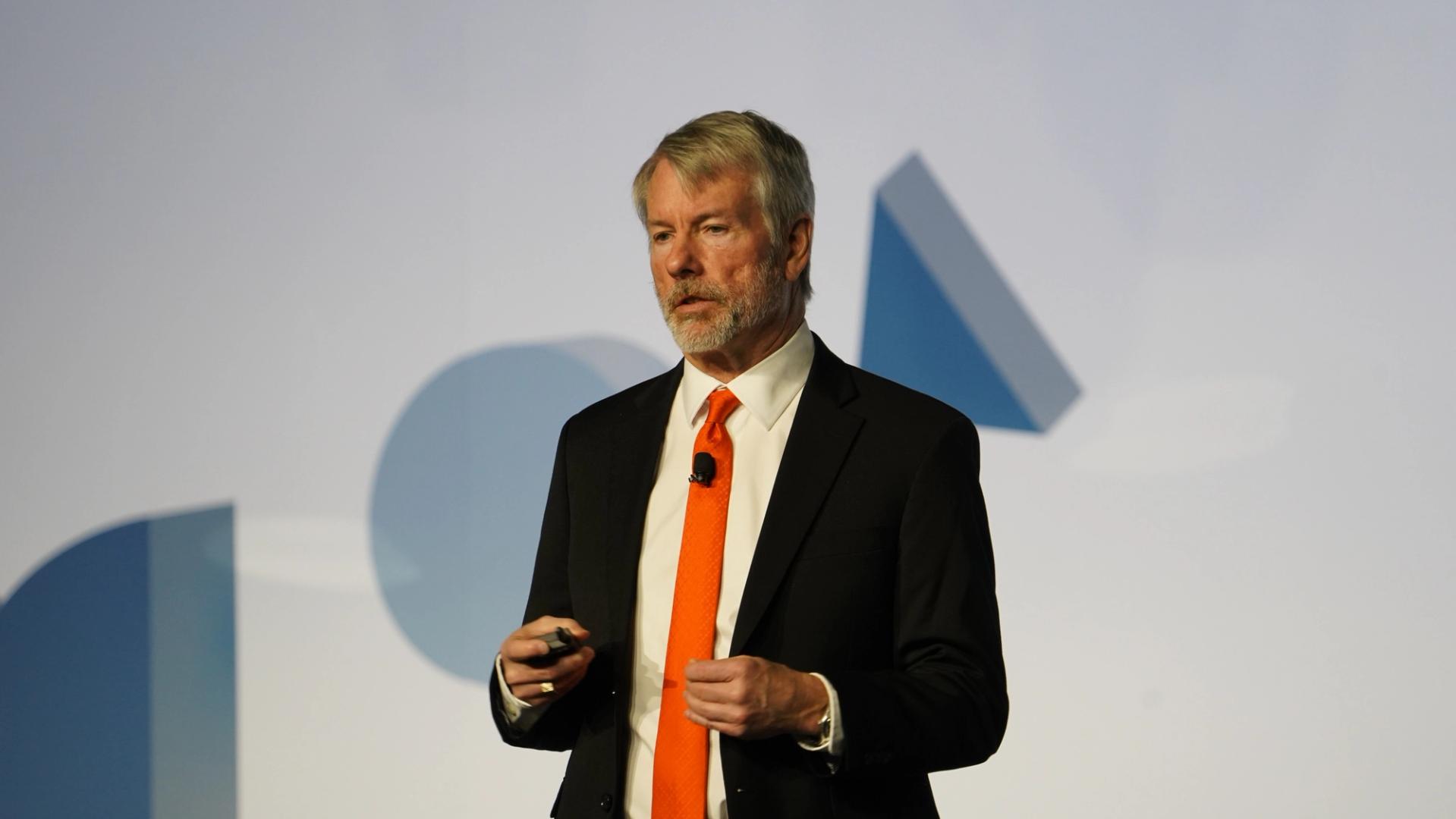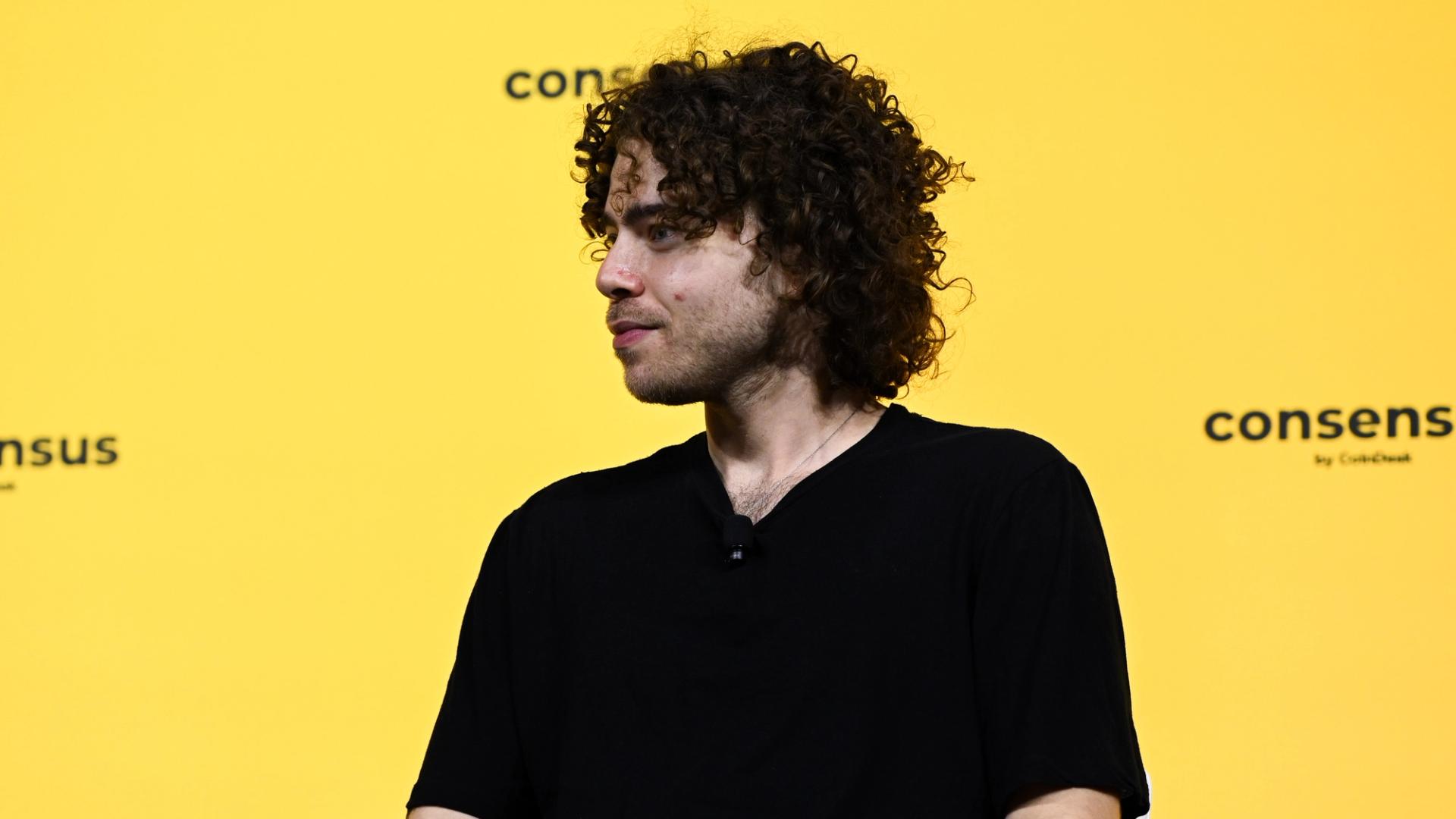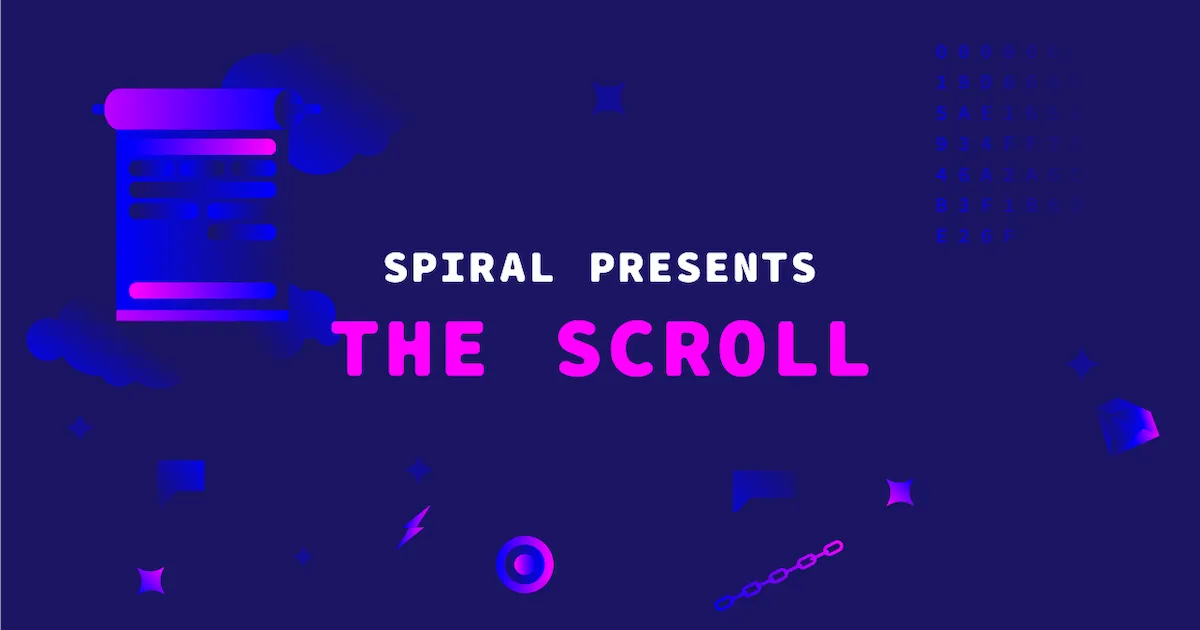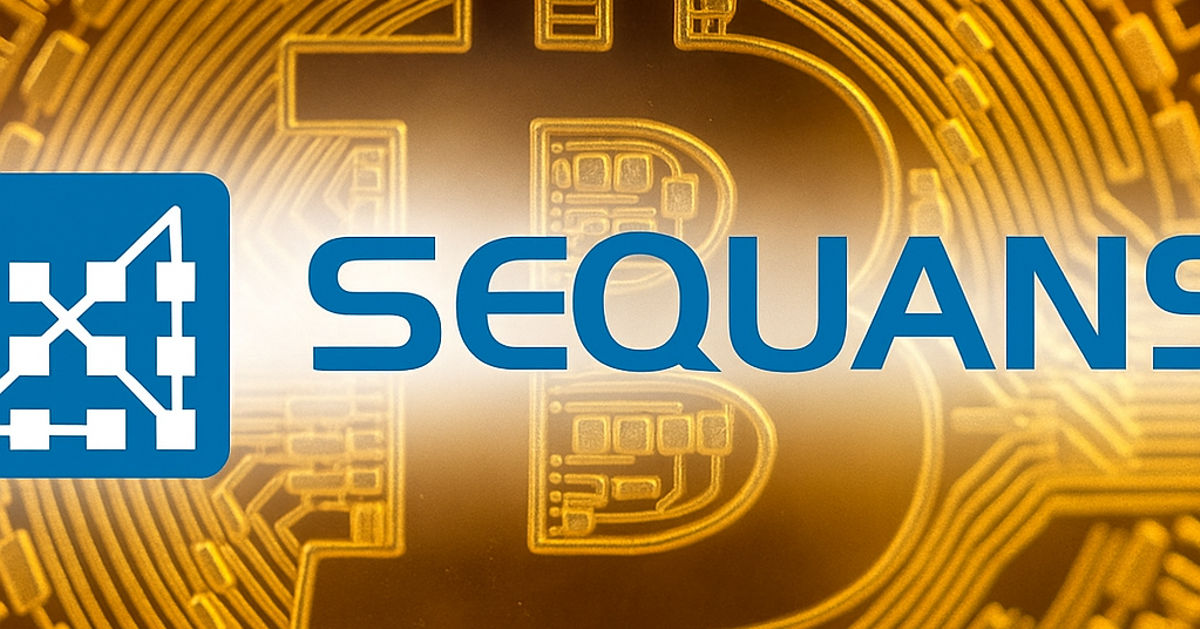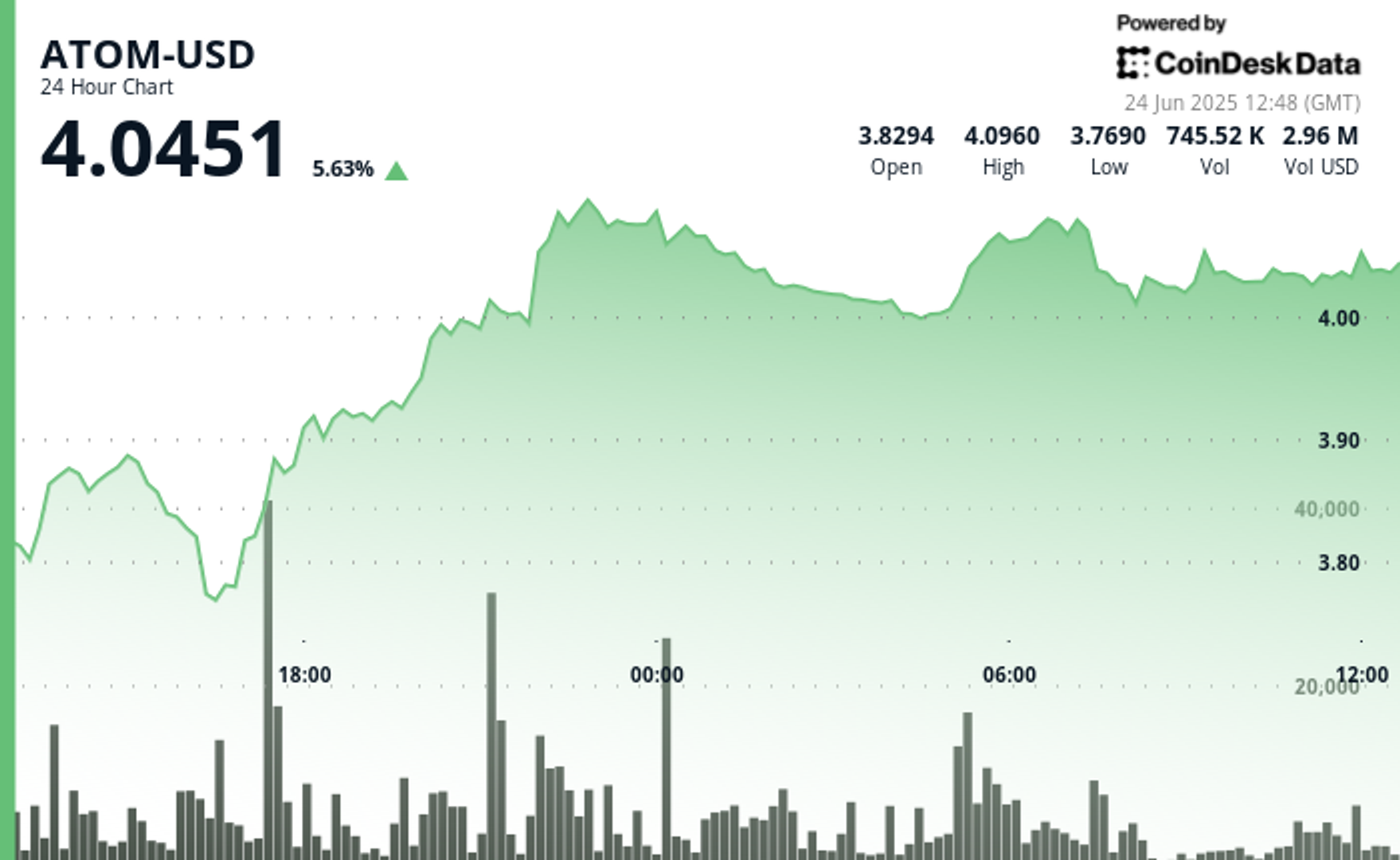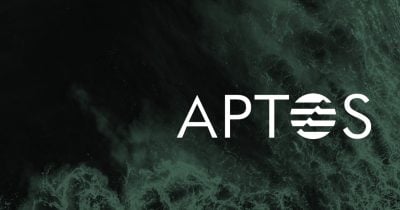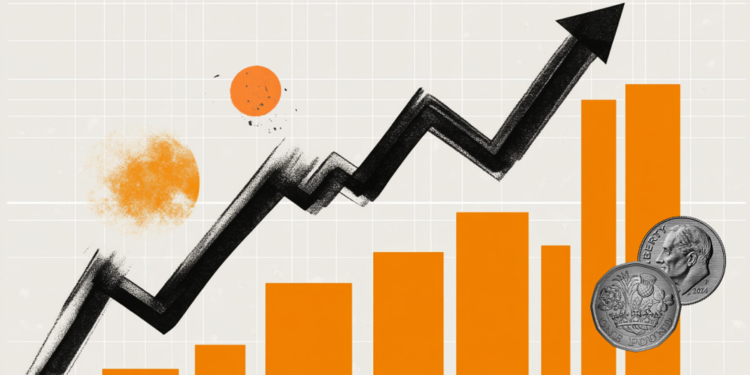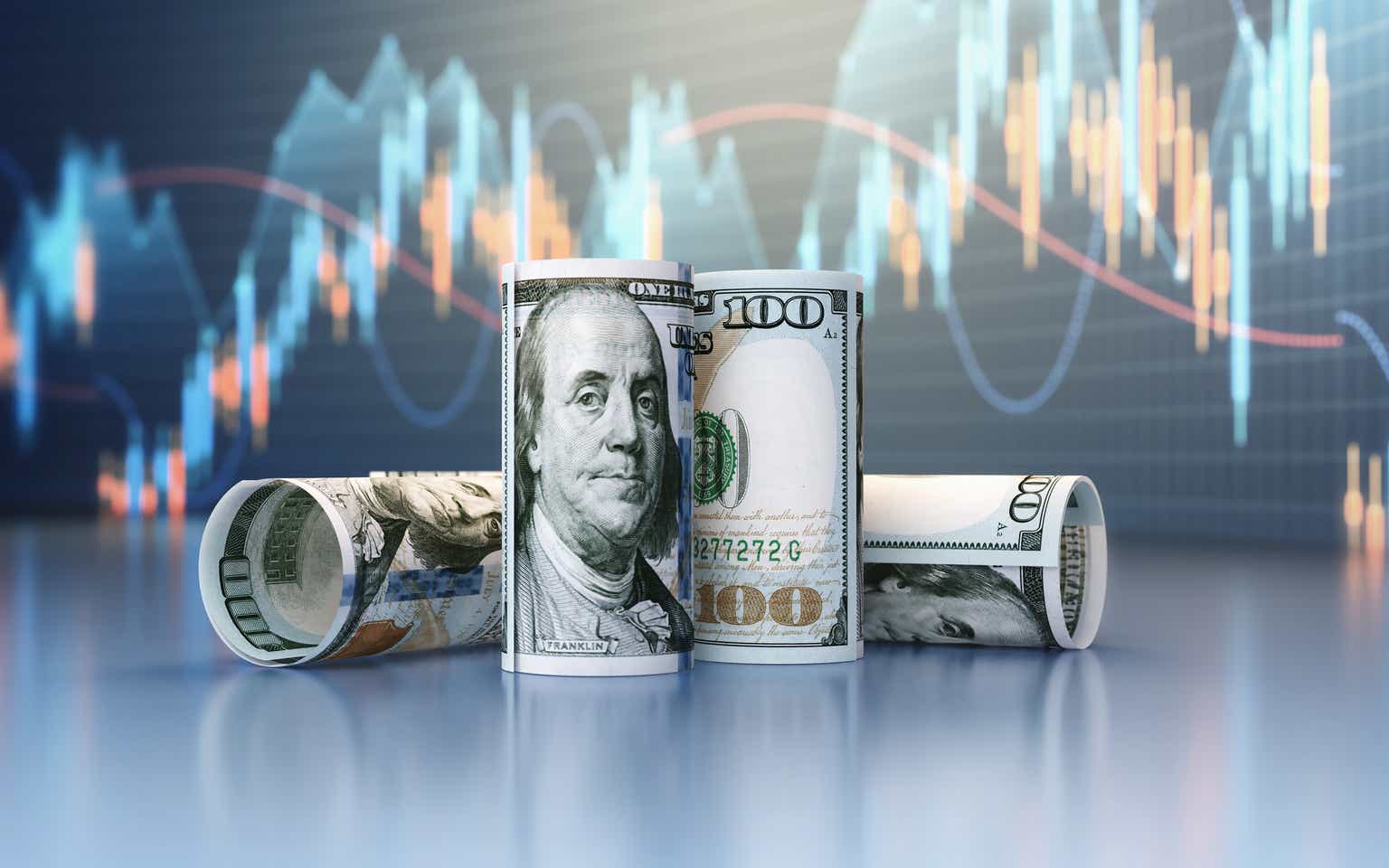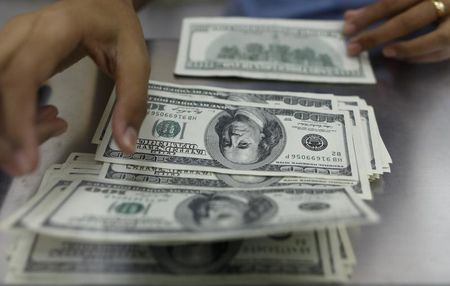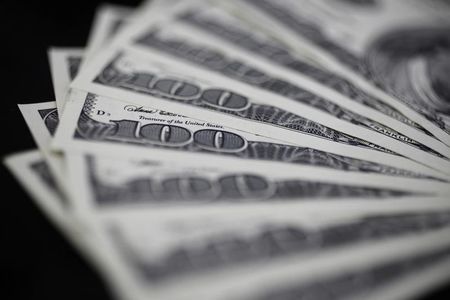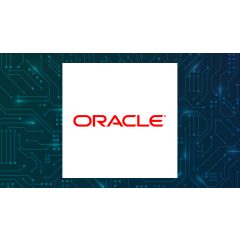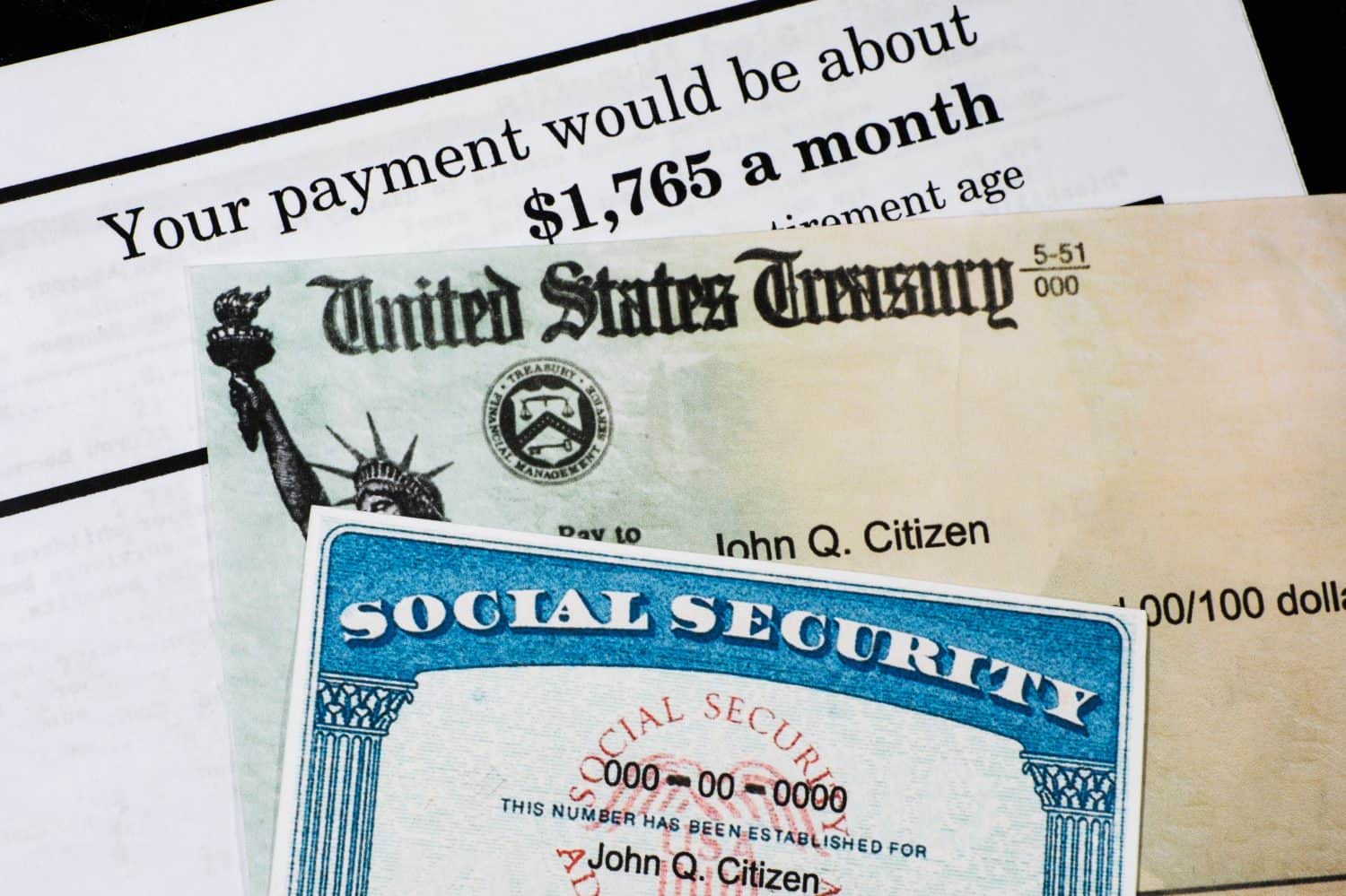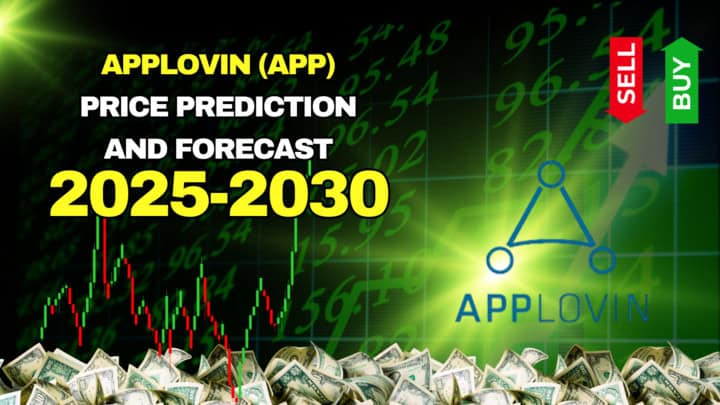I Just Inherited $500,000 – How Can I Build a Self-Directed Dividend Portfolio?
There is perhaps no better way to put a $500,000 windfall to work than to stash it in a self-directed investment portfolio. Indeed, you don’t need to be a wizard at stock-picking to do well and grow your wealth over the years. All it takes is patience and a solid game plan to transform an […] The post I Just Inherited $500,000 – How Can I Build a Self-Directed Dividend Portfolio? appeared first on 24/7 Wall St..
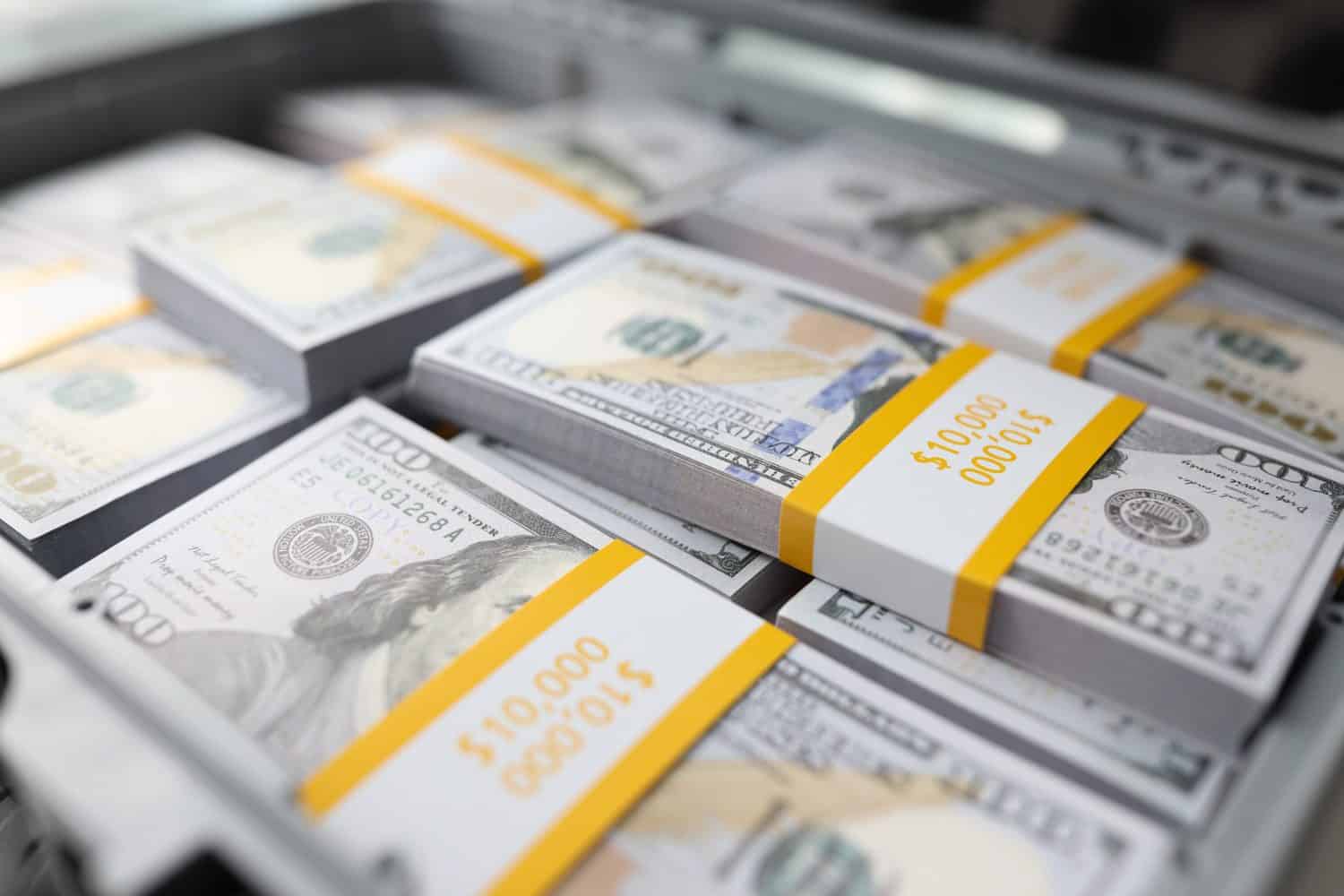
There is perhaps no better way to put a $500,000 windfall to work than to stash it in a self-directed investment portfolio. Indeed, you don’t need to be a wizard at stock-picking to do well and grow your wealth over the years. All it takes is patience and a solid game plan to transform an inheritance into a retirement portfolio that generates a good amount of passive income for life.
Undoubtedly, going down the dividend route (which sees investors pursue higher yields) isn’t all too bad an idea. But for someone who’s new to investing, it can be pretty easy to be carried away as one chases yield across various corners of the stock market. With half a million to invest, it’s probably best not to veer too far off course by loading up on the yields well above 7-8% without a rock-solid foundation to build upon (think a diversified dividend-focused ETF).
Key Points
-
Investing one’s $500k windfall is a smart idea, regardless of the market’s mood at any given time.
-
For a dividend investor, starting with a higher-yield ETF like the SCHD and SPYD is a great way to start. Afterward, individual names can be added to the mix.
-
Are you ahead, or behind on retirement? SmartAsset’s free tool can match you with a financial advisor in minutes to help you answer that today. Each advisor has been carefully vetted, and must act in your best interests. Don’t waste another minute; get started by clicking here.(Sponsor)
Dividend investing is smart, but don’t forget about appreciation.
Though covered call ETFs can provide safer, beefier yields, it’s their “total returns” that income investors should keep track of. In a prior piece, I highlighted the dangers of chasing yield and not keeping tabs on capital appreciation and total returns. At the end of the day, a young person needs not only a decent dividend yield but a good amount of growth to pick up the pace on the road to a comfortable retirement.
For instance, it’s far better to have a 4% yield alongside a 12% capital gain (16% total return) in any given year than an 8% yield and zero to show on the front of capital gains (that’d result in just an 8% total return).
Additionally, diversification is key for new investors, allowing them to stay afloat when the next big industry correction hits. For someone who’s looking to put such a large six-figure amount to work, it’s easy to be a bit jittery now that valuations are high and tariff threats remain.
And though it’s tempting to wait for the next big market pullback, timing your entry to the market could put you at risk of missing out on further gains. At the end of the day, it’s impossible to tell what’s up next for markets over the short term. Over the long term, though, the odds are on the side of stocks.
Forming a foundation with low-cost index ETFs is a smart way to go.
Personally, I’d suggest bringing on a financial advisor and setting the bedrock (or foundation) of one’s portfolio around an S&P 500 or total stock market index ETF. For those looking for more of a growth jolt, a Nasdaq 100 ETF or an international and emerging markets ETF may be added to the mix. Just as you wouldn’t build a house on unstable ground, you shouldn’t start a six-figure portfolio without a rock-solid foundation.
For a dividend-focused investor, however, the Schwab U.S. Dividend Equity ETF (NYSEARCA:SCHD) or SPDR Portfolio S&P 500 High Dividend ETF (NYSEARCA:SPYD) are great foundation plays, with their more-than-4% yields and history of capital appreciation.
Those looking for more of a yield boost may wish to consider adding individual names to the portfolio that may be oversold at any given instance. A name like Pfizer (NYSE:PFE), which yields over 7%, looks like a nice complement to the SCHD or some S&P 500 or total stock market index ETF. As always, though, do understand a company, its growth narrative, and the troubles it has and may continue to face over the foreseeable future.
In any case, a market newcomer may wish to consult a financial advisor to figure out how much to put in stocks, bonds, cash, and even precious metals. Also, they can green light any ETFs or individual names you’ve already researched.
The post I Just Inherited $500,000 – How Can I Build a Self-Directed Dividend Portfolio? appeared first on 24/7 Wall St..





